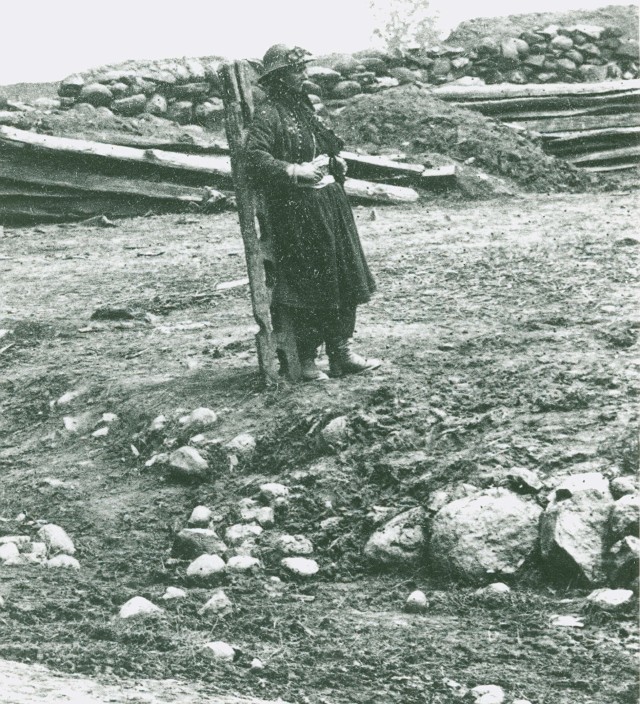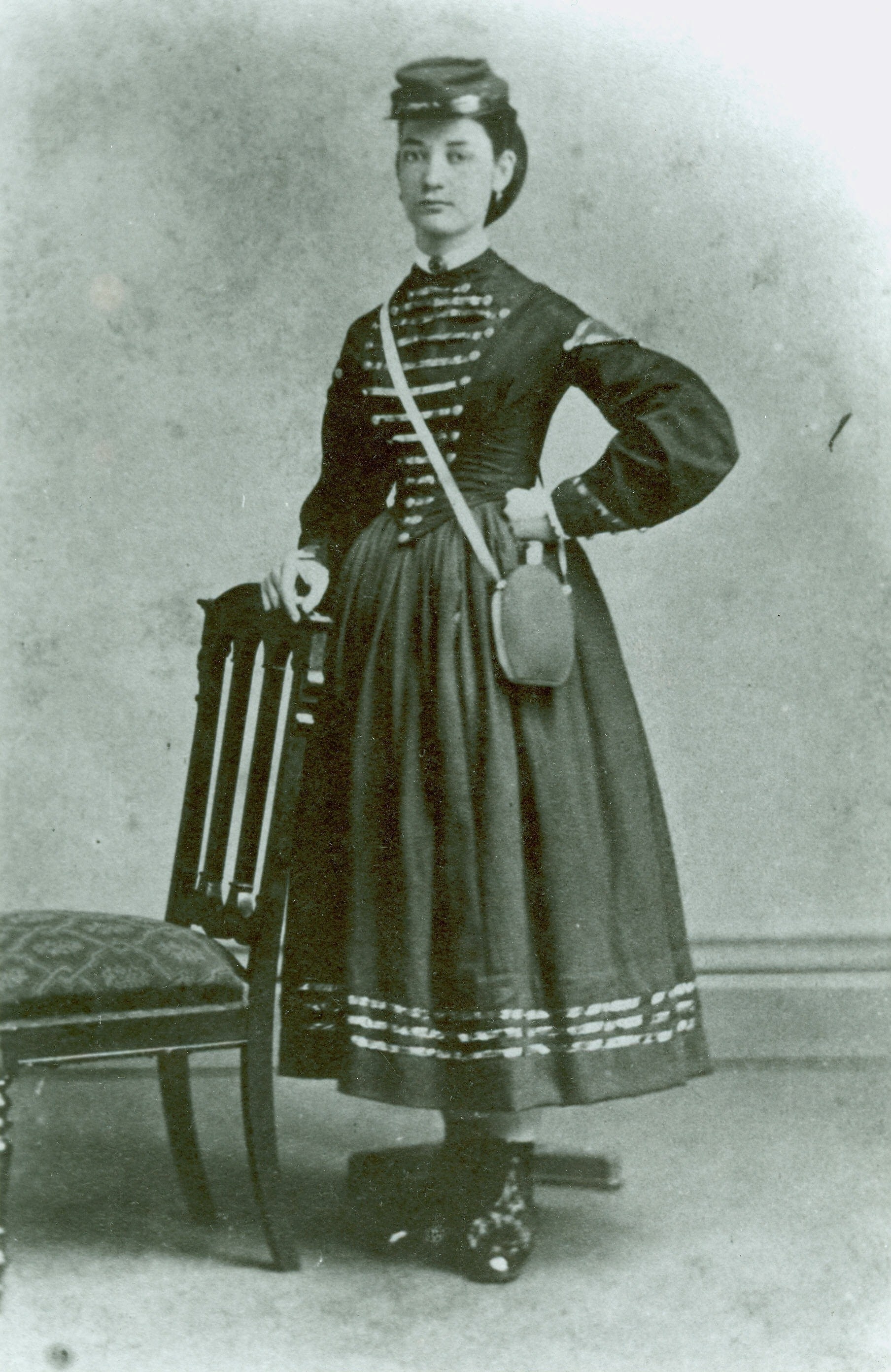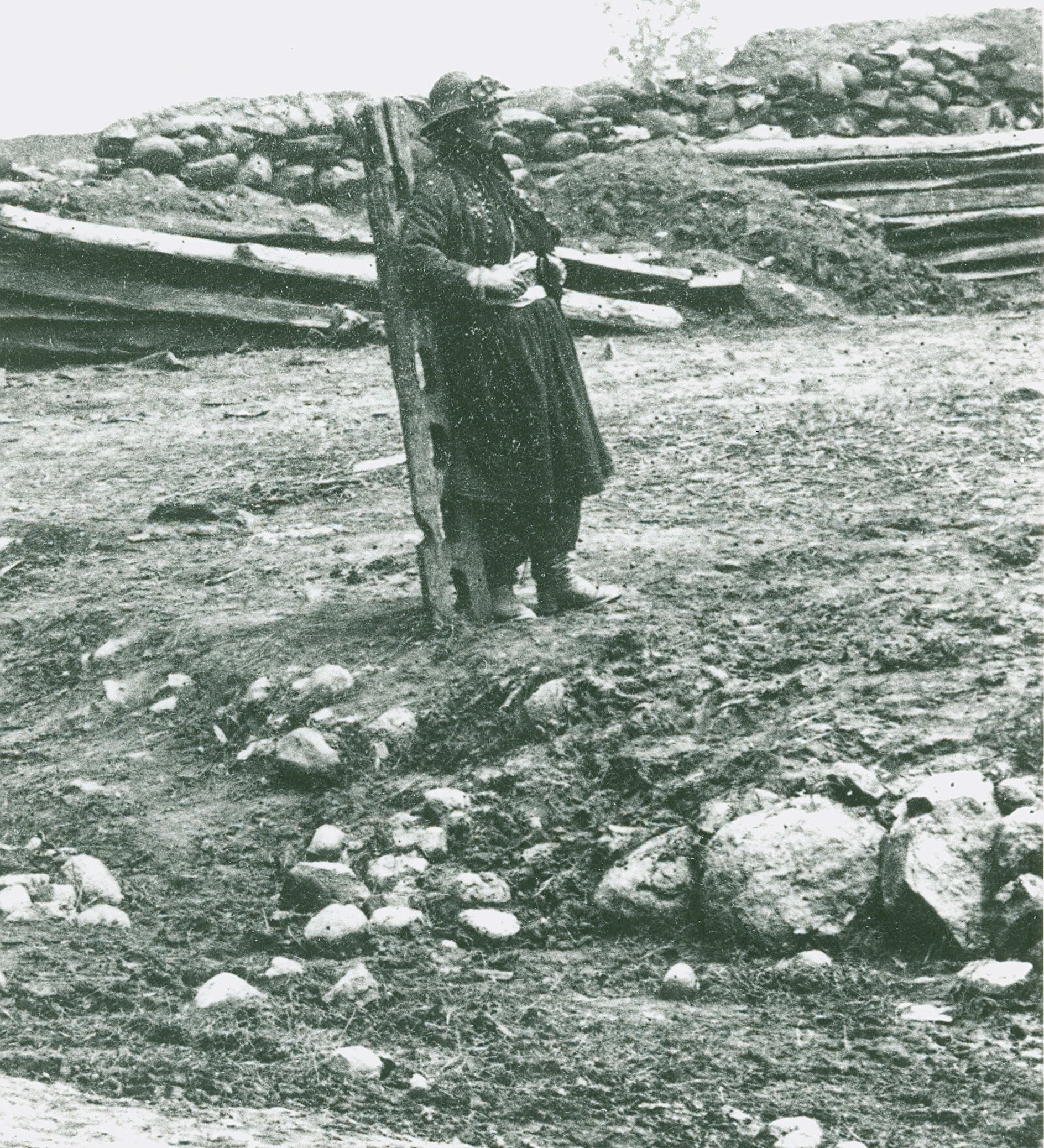Seeing a woman in the midst of the hotly contested Civil War battlefield of Spotsylvania surprised the veteran officer of the 8th Ohio Infantry Regiment! Seeing her in uniform - a Zouave uniform at that - astonished him all the more. She was the famous Vivandiere, Marie Tepe, who served with in the 114th Pennsylvania Volunteer Infantry Regiment. Vivandieres appeared in European armies, especially in France, as women who were part of a regiment and provided the sale of spirits and other comforts, and attended to the sick. The women were known to wear the uniform of the regiment. Over the years the status of Vivandieres changed, and in 1865 a regulation appointed a certain number of women to each section of the French army. Some of these women, swept into some of the most dangerous parts of the battlefield, displayed enormous courage. Such courage existed among women in America, and when the Civil War began in 1861, there were women who were ready to join with the men to defend their country.
Marie Tepe was one such courageous woman. Originally born in France in 1834, Marie was raised by her father and later moved to the United States following his death. When she was nearly 20 years of age, she married Bernhard Tepe, a Philadelphia tailor. When the Civil War began, her husband joined the 27th Pennsylvania Volunteer Infantry Regiment. As soon as her husband left so did Marie, despite Bernhard wanting her to stay and mind the tailor shop in Philadelphia.
In the spring of 1861, Marie Tepe became a vivandiere with the 27th Pennsylvania Volunteers. She is better known as the vivandiere of the 114th Pennsylvania. The original company of that regiment was organized in the early weeks of August, 1861, by Captain Charles H. T. Collis as the Zouaves d'Afrique. Then in mid-August of 1862, Collis raised nine more companies to form the 114th, with himself as colonel. Like the original company, the 114th was a Zouave unit, based on the renowned North African and European Zouave regiments of the French army. The soldiers wore a Zouave uniform; so did Mrs. Tepe, who left the 27th and went with Collis's outfit. She wore a blue jacket and red pants; to distinguish herself from the men, she wore a skirt trimmed in red. "French Mary," as she was often called, participated in the Battle of Fredericksburg, December 13, 1862. During the battle, she received a bullet wound to the ankle. For her bravery during the battle she received the coveted Kearny Cross, which was awarded to valorous veterans of the First Division of the III Army Corps in memory of its late division commander, General Philip Kearny.
After a short hospitalization she rejoined the regiment. In July 1863, Marie and her regiment joined the fight at Gettysburg, Pennsylvania. When the battle was over, "French Mary" volunteered her services as a nurse to help the wounded. After a few weeks of tending to the injured she continued on with her regiment. Marie Tepe served through the rest of the war and later moved to Pittsburgh. She attended the reunion of the Battle of Fredericksburg in 1893. The famous "French Mary" died in 1901.
The Vivandieres who served in the Civil War showed great courage in the face of battle. These daring souls, like Marie Tepe, are the forgotten women of the Civil War. They went above and beyond the duties of a vivandiere to serve their country. French Mary and other vivandieres earned the recognition and respect of their regiments. They deserve to be remembered.
Editor's Note: Our special guest contributor, Kaitlin Mihalov, is a summer intern at the Army Heritage and Education Center. She is a undergradutate student in history at Shippensburg University.




Social Sharing